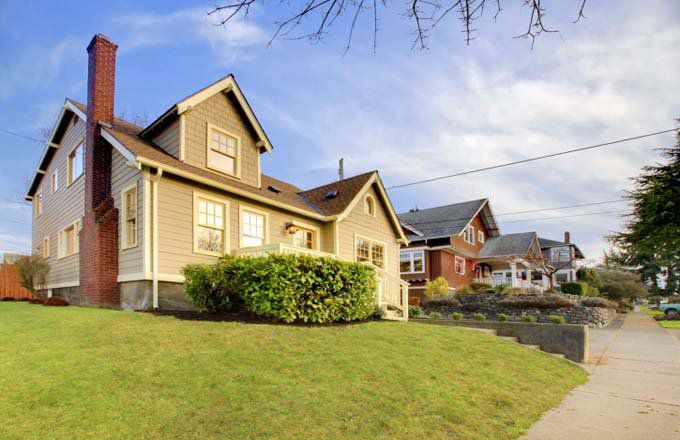Buy Now, Pay Later vs. Rent-to-Own: An Overview
Aug 22, 2022 By Triston Martin
Buy now pay later (BNPL) is becoming an increasingly popular alternative to layaway plans, credit cards, and rent-to-own plans. Most Americans have utilized a buy today, pay later plan at least once for purchases on the internet or at the store. Rent-to-own, on the contrary, has grown to become an $8.5 billion industry that focuses specifically on major purchases like furniture, electronic equipment, appliances, and furniture. When you compare buy now or pay later with rent-to-own, there are some important distinctions to be aware of.
What Is Buy Now, Pay Later?
BNPL is a form of short-term finance that allows customers to make purchases in installments, usually without the cost. Through these point-of-sale loans, consumers can pay against their purchases and then pay back the amount in 3 or more payments that are spread over time. Many platforms provide buy-now or pay later loans, which include:
- Affirm
- PayPal
- Afterpay
- Klarna
- Sezzle
All platforms collaborate with a range of top retailers, offering purchase now and pay later as an option during checkout. The most popular purchases are furniture, electronics, clothing, homewares, and cosmetics. There is typically no credit check necessary to be eligible for an installment loan available at point-of-sale, making this type of financing short-term appealing for those with a weak credit background. Another feature common to BNPL services is they can come with no fees or interest on purchases.
Advantages
BNPL financing could provide specific benefits for consumers using these services. These include:
- Being able to purchase the items right now and then pay them off in time
- Flexible payment options
- No credit check to qualify
- Flexible spending Limits on spending
- There are no interest-free purchases
All these factors can make BNPL appealing, especially for those with an unproven credit background. In contrast to layaway plans, which require you to make payment in full before you can receive the item you're buying, purchase now and pay later, plans let you get possession of the purchase once you've made the first payment.
Disadvantages
Overspending is among the main drawbacks to BNPL plans. For those who purchase installment loans sold at point-of-sale with a balance of $883, the median balance is $883. A majority of consumers who make use of BNPL have regretted having purchased it because it was too costly. Although these services are convenient, there's a price for those who overspend.
BNPL could be a problem if the borrower cannot keep pace with payments. Platforms that offer these loans could be charged late charges for payments that are not made. In the worst-case scenario, they could report borrowers to credit bureaus, affecting credit scores.

What Is Rent-to-Own?
Rent-to-own is a type of arrangement that allows consumers to pay for products with the aim of one day owning the item. It's similar to the method a lease-to-own arrangement to purchase a house operates. Several establishments, such as Rent-A-Center and Aaron's Rent to Own, specialize in rent-to-own financings. These stores allow customers to purchase products and then make payments over time, typically using:
- No credit check
- Biweekly, weekly or monthly installments
- Rapid approval
- Low minimum deposits
- Plans for payment that are suited to the budget of each individual
In rent-to-own contracts, customers don't have to borrow money. Instead, they're committing to pay rent on the item or items they want to rent for a specified time. If they pay all due payments, the item is theirs. However, they can stop paying and return the item to the retailer. Rent-to-own programs may require a down payment to begin; however, it could be as low as $1, based on the retailer or vendor. Many stores offer free delivery and setup for furniture, appliances, and other big items.
Advantages
Similar to a BNPL plan, you will typically receive the amount you pay on the very day you sign-up for a rent-to-own program, which means you needn't wait until the final payment. Therefore, it is possible to get approved the next day and walk out with your purchases in your possession. The process of obtaining rent-to-own financing could be simple if no credit checks are required or if the rent-to-own stores accept customers with bad credit.
Disadvantages
The most significant disadvantage of renting to own is the amount it will cost. Rent-to-own transactions are leases and not credit card transactions. It's not a loan; therefore, there's no interest due. However, rent-to-own stores can add leasing or rental fee to the price of your merchandise.

This may make the purchase made through rent-to-own more expensive than it would be if you had BNPL or another type of payment. The total amount you'll be paying for an item you purchase through rent-to-own must be stated in the lease or rental contract. However, these agreements can be difficult to understand and confusing; therefore, it might take some research to determine the exact cost.








